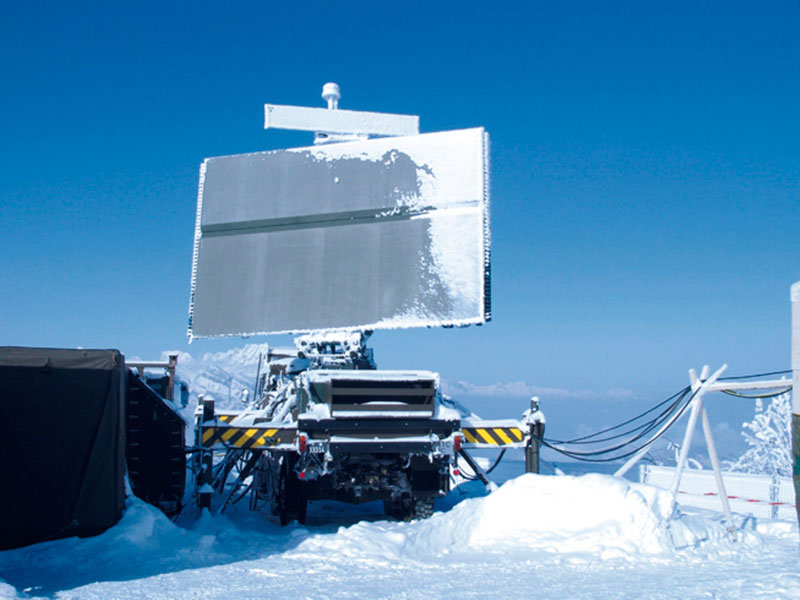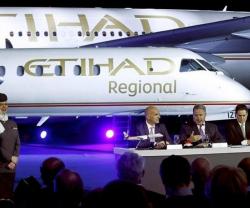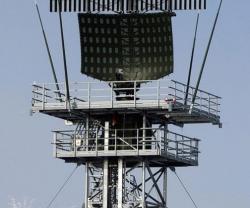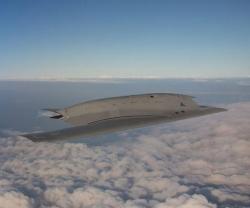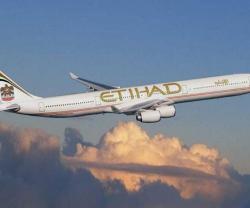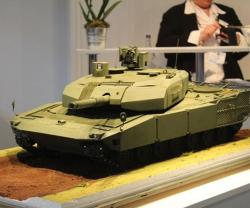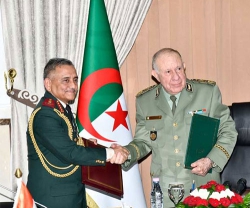As the annual meeting of the World Economic Forum (WEF; 20-23 January 2016; Davos-Klosters, Switzerland) is an extremely important event, extraordinary measures had to be taken to monitor the surrounding airspace. As a result, the TAFLIR radar system was utilised as part of the monitoring efforts.
During the WEF annual meeting, air traffic was restricted within a 46-km radius of Davos. In order to ensure comprehensive monitoring, the Swiss Air Force uses a wide range of radar and monitoring systems – one of which is TAFLIR, the mobile Tactical Flight Radar system employed by the Swiss Air Force to monitor the low- and medium-altitude airspace.
TAFLIR is used to supplement the FLORAKO system, which monitors the high-altitude airspace. Any aircraft that want to fly through this restricted area during the WEF event will without fail be tracked by the TAFLIR system.
RUAG Defence also had four members of its staff present on-site for the duration of the WEF event. Christian Aeppli, Head of the TAFLIR specialist unit, has set clear goals for the deployment at the WEF event: “We aim to once again provide a high-quality support service that is available at all times. The main focus of this service will be to ensure the continuous availability of the system.”
The experienced members of staff who are extremely well-versed in working with the TAFLIR system were on hand to answer any questions and rectify any technical problems that arise during the company's deployment at the WEF event. RUAG also provided 24-hour support for ten other systems that have been made available for the WEF event.
In order to ensure that the TAFLIR system functions without a hitch in its area of operation, all of its components undergo exhaustive checks at RUAG Defence prior to deployment. This testing period takes several weeks to complete. The signature component of the TAFLIR system is the rectangular antenna. It measures around 15 square metres, has a monitoring radius of 100 km and can detect aircraft up to an altitude of 10,000 m.
During the inspection, Christian Aeppli's team paid special attention to the radar container: “This container houses the power electronics and the transmitter tube, and is also where data transmissions are processed, sent and received. All of these components and processes have to function properly.”
Besides the antenna and the radar container, the overall system is made up of many other different components, which allow for problem-free operation in harsh weather conditions.
RUAG’s TAFLIR experts have been working at WEF events since 2003; however, they are also deployed elsewhere. The experts are present at a large number of additional major events attended by renowned political guests and monitor the airspace as per international “duties of protection”, such as the OSCE Ministerial Council in Basel at the end of December 2014 and the last Geneva II Conference on Syria held in Montreux in January 2014.

